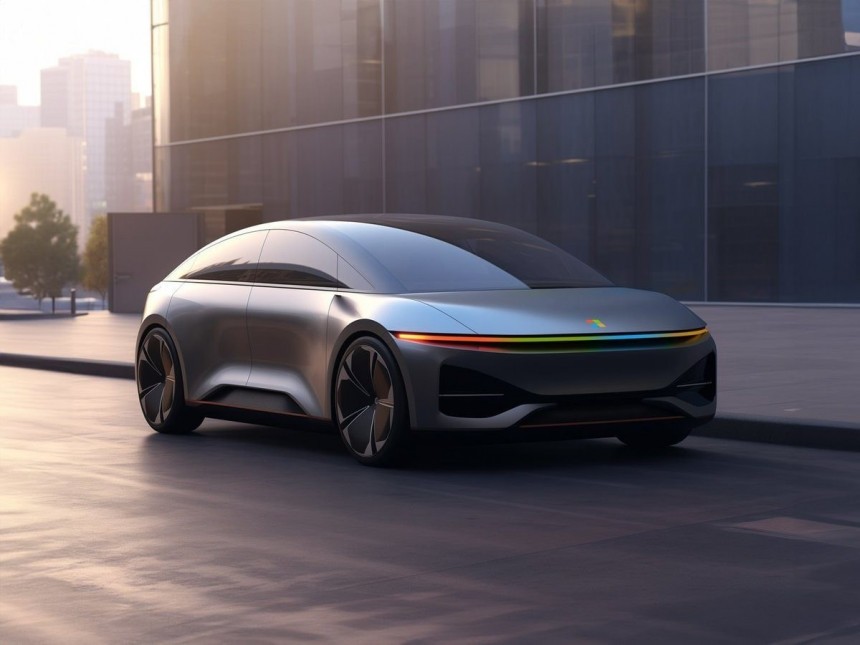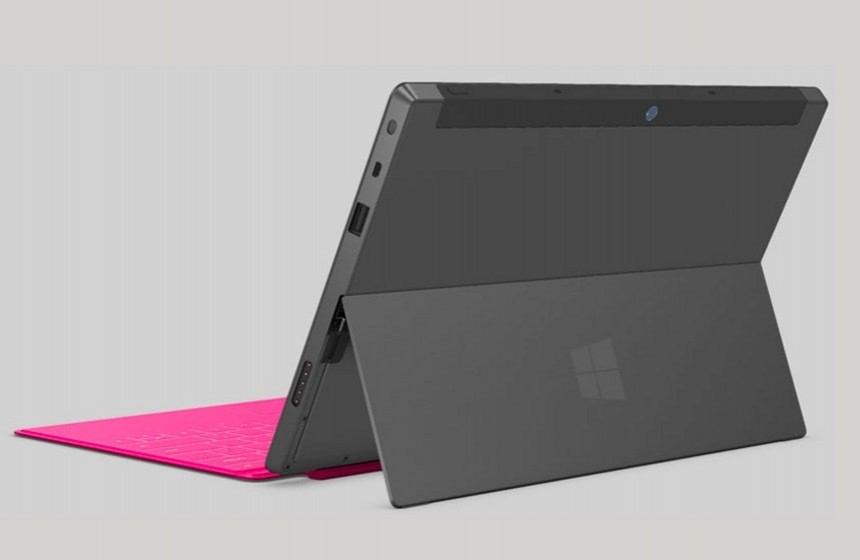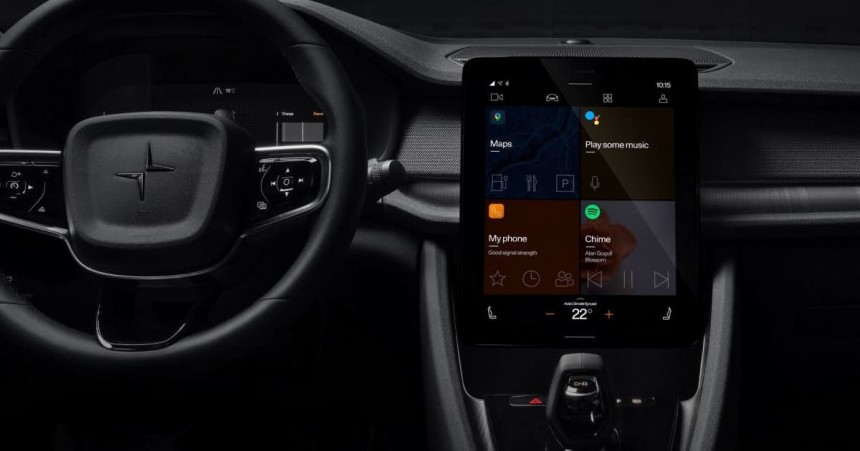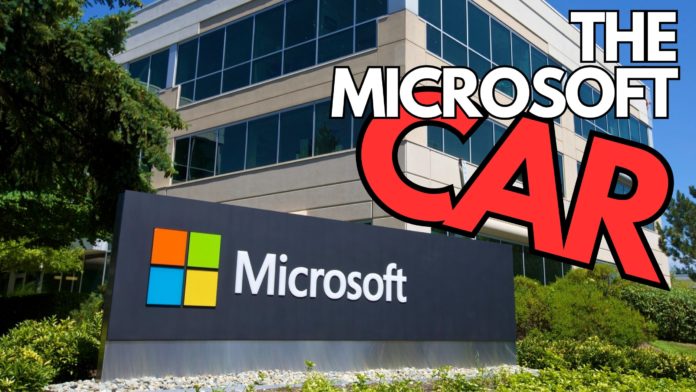It’s no longer a secret that tech giants are slowly but surely eyeing an expansion in the automotive space. Some have already stepped into this unexplored territory, and those that haven’t are working on ambitious plans that would help them expand beyond the somewhat saturated technology world.
Photo: Bogdan Popa/autoevolution/Microsoft
However, these companies embrace different approaches, and while some develop vehicles from scratch, others stick with software and services to power next-generation cars built by traditional carmakers.
Because the migration from technology to cars is still in the early days, people at Leasing Options turned to AI to envision how the models released by these companies could look. In Microsoft’s case, the result is a little surprising.
The Microsoft Car

Photo: Leasing Options
The artificial intelligence-generated Microsoft Car resembles the typical electric sedan, reminding of a Tesla from several angles.
The colors you can find in the Microsoft logo light up the front fascia, while the Microsoft badge on the hood makes it clear this is a Microsoft Car. The car has no side mirrors, probably because it uses cameras, and the overall fluid design looks intriguing and certainly doable.
While Microsoft might not build this electric car, I’ve seen a similar design several times before, not only on a production Tesla but also in concepts envisioning a potential Apple Car. Whether Apple’s long overdue vehicle will look like this will remain to be seen, but for now, it’s an idea that keeps returning every time the subject is a tech giant working on an electric vehicle.
Microsoft’s plans for the automotive expansion

Photo: Microsoft
Unlike long-time rival Apple, Microsoft has no plans to build a vehicle from scratch. Not that we know of, at least, but Microsoft seems more focused on software and cloud services than on the hardware side of things.
Microsoft has changed its focus several times in the last decade, including in the software world. The Steve Ballmer era turned Microsoft into a “devices and services” company. It was the first time Microsoft became obsessed with hardware, despite its first devices (Lumia phones and the Surface RT) not selling as well as the company expected.
Steve Ballmer’s departure and Satya Nadella taking over the CEO role represented another step in Microsoft’s transformation. The software giant became a “cloud-first” company, with services like Azure and Office 365 (now called Microsoft 365) spearheading its product portfolio.
Microsoft is more focused than ever on enterprises, with critics claiming the company has gradually lost its consumer appeal. Windows and Office are still alive but fitted with cloud services and products that turn them into money-making machines, especially in the enterprise.
As a result, Microsoft building a car is out of the table. The software giant has already stepped into the automotive space with shy steps, including with Azure to power services requiring a cloud-based engine.
Google’s and Apple’s strategy

Photo: Polestar
Apple is already working on an electric vehicle. The work on the project started a decade ago, and people familiar with the matter claim the release date could be 2028.
Apple originally wanted its first car to be a more innovative model focused on advanced self-driving capabilities. Due to roadblocks during the development phase, Apple eventually had to rethink the vehicle. The Apple Car will launch with a more conventional design and limited autonomous driving.
Apple builds the vehicle from scratch with no involvement from a traditional carmaker. The iPhone maker originally wanted to collaborate with a car company, and Hyundai was the closest to become a contract manufacturer. The talks failed, and Apple embraced a strategy similar to the iPhone, building everything from scratch using its network of suppliers and partners.
Google isn’t building a full car but focusing on the software and service side of the automotive expansion. The company bets big on Android Automotive to conquer the cabin. Android Auto is also available in over 200 million cars, though Google’s benefits are limited due to the connection with a smartphone.
Android Automotive is an embedded operating system shipping with Google services pre-loaded (if the carmaker uses the GAS version). With Google Maps, Google Assistant, and other Google services integrated into the system, the search company gets access to essential vehicle data. Drivers also receive more advanced functionality, including automatic stops for charging when Google Maps determines a low battery status and voice commands for adjusting air conditioning via Google Assistant.
Android Automotive is already available in several cars, with the adoption growing this year thanks to Ford and Nissan installing the operating system in new models.
Apple is also embracing similar plans with the new-generation CarPlay. Porsche and Aston Martin are the first carmakers to install CarPlay 2.0 in their models, with others to follow in their footsteps in the coming years.

